The General Election – A Mild Spectacle
By Daniel Rankin
The General Election this week is expected to bring spectular results. Labour are clearly expected to win the election with record projections of up to 500 seats, and potentially the greatest of any party in history. The Conservatives struggle with the increasing popularity of not only Labour, but the right-wing Reform, which are in some polls on level with the Tories on a popular vote.
It seems that significantly more coverage in the previous weeks is given to Rishi Sunak, rather than Keir Starmer. The near-universally negative recent coverage encompasses Sunak’s early departure from D Day commemorations, to his awkward attempt at being personable with the working class - in not affording Sky TV -, to high-ranking members of his party betting on a July election date. What is notable is that Sunak’s party is not relying on the low popularity levels seen in the aftermath of the incredibly unpopular Liz Truss; according to the Financial Times, the Tories have lost a third of their voters since this January.
But Labour, while clearly expected to win the election, have also dropped recently in national polls, dropping slightly from 45% to 41% whilst the Tories fell 24% to 20%, and the returning Farage’s Reform bringing a rise from 11 to 17%, according to BBC polls.
While somewhat popular (compared to his predecessor Corbyn), the intended image of sturdy pragmatism in Starmer’s Labour has the consequence of appearing arguably overly compromising, from the party dropping its £28bn green investment pledge by half in February, to scrapping scrapping tuition fees (a platform he ran on for Labour leadership in 2020.) In a recent interview with LBC, Starmer was accused of being behind Nigel Farage, by refusing to scrap the two-child benefit cap. To rephrase that: the leader of the right-wing populist Reform is arguably more progressive on a major issue than the leader of Labour. Likewise, there is a clear paradigm shift to a post-Brexit world, with Starmer being adamant to rule out rejoining the EU, single market or customs union.
Interestingly, Labour’s popularity is not particularly pronounced in leadership; after the 4 Jun’s ITV debate between Sunak and Starmer, YouGov reported that a slight majority of their sampled audience thought Sunak had won the debate, 51 to 49%.
Political dissatisfaction is seen in public opinion of both Labour and the Tories, with 19% of Britons seeing the Conservative party as being “close to people like you” (YouGov), compared to 32% seeing that about Labour. It is only young people aged 18-24 in Britain that have plurality of support of that statement regarding Labour, with 45% in the affirmative and 32% in the negative. Even then, Labour’s projection of well over 400 seats is spectacular, but that is in stark contrast with the excitement of Blair’s 1997 triumph; indeed, the Labour then and Starmer’s Labour both profess moderate, third-way policies, but there seems to be much less appetite in general for Starmer: it is a spectacular result gained from apathy.
The rise of both the Lib Dems and Reform in the polls adds to the very observation that this election is fundamentally about opposition to a tired Tories, not necessarily in enthusiasm of a milquetoast Labour. Some commentators have compared the rise of Reform in undermining the Conservatives to the 1993 Canadian elections, whereby their new Reform rose from 1 to 52 seats, and their Conservatives fell from 156 to two seats. While Reform UK are popular via a popular vote (a range of 14-20% compared to the Tories’ 15-25%; BBC), they, similar to UKIP in the 2015 General Election, expect to take on perhaps no more than single digits in seats, due to the first-past-the-post system. Of course, within individual constituencies, Reform, as well as the increasingly popular Lib Dems, undermine the Conservative vote by attracting former Tory voters: if there is one thing that is killing the Tory Party, it’s apathy.
Aware but apathetic: The General Election and the youth
In a country where the youth are increasingly socially aware due to social media, and where political activism and youth involvement is more vocal, it might seem counter-intuitive to see the sheer apathy of young people in voting. According to the Techne survey for Independent Media, only 57% of people aged 18-34 say they are registered and intending to vote in the election. Indeed, much of youth political involvement is anti-establishment, with an inclined distrust for the political system, including voting; young people are generally the least participatory of all age groups, and that was also true in 2019 (even though a more radical Labour ran), with a turnout of 47% of those under 25. Political awareness does not correlate with political enthusiasm.
Northern Ireland’s political apathy is even more pronounced; NI had the lowest turnout of any UK nation in the last GE, of 62%. NI’s parties trend similarly to the overall UK’s; the conservative DUP have fallen in popularity (like the Tories); the liberal Alliance have surged (like the Lib Dems); and the rightist TUV have risen to the mainstream alongside their newly-partnered Reform UK. However, the DUP and Sinn Fein are both very much expected to maintain their big-two status, with both parties ranging from 20 to 30% in the polls, with Alliance in the teens.
Rishi Sunak’s family couldn’t afford Sky TV. Keir Starmer’s father was a toolmaker. It seems that the General Election’s two main parties come down to clichés in pandering to the increasingly apathetic working class. But it’s clearly not enthusing many. With a likely Labour supermajority, this election will be a spectacle. But that supermajority comes not from a net-increased political enthusiasm, but general apathy – especially from a fractured 2019 Tory voter base. It is likely a spectacular result, but in a very different environment to Labour’s ’97.
